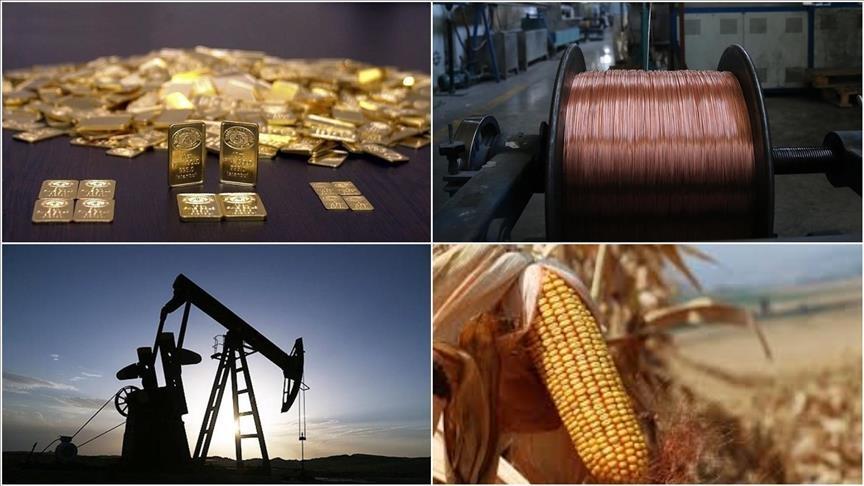Africa-Press – Tanzania. Since the beginning of the second term of US President Donald Trump, world stock markets have experienced sharp ups and downs, particularly related to tariff tensions.
Trump’s new term has been marked by his tariff agenda, with daily changes in statements and new decisions causing problems in finding direction in the markets.
The president has begun to implement tariff rates on all countries, but some agreements have been signed to ease the rates.
Canada, Mexico, China and the EU were the most prominent parties in discussions, while many others also contacted the US to negotiate lower rates.
Trump paused tariffs for some countries and decided to lower rates for others.
In March, Canada and the EU announced billions of dollars in retaliatory tariffs on US goods, before the White House decided to raise rates on some European goods.
Trump also decided to implement a 25% tariff rate for all automotive imports from the world in April.
In May, the first trade deal was signed between the US and the UK.
In May, the US also postponed tariff implementation for the EU.
After the US and China increased tariff rates to astronomical levels, a trade deal between Washington and Beijing was reached in June; the president said the US “is getting a total of 55% tariffs, China is getting 10%.”
On Monday, Trump announced that Washington will impose 30% tariffs on the EU and Mexico starting Aug. 1, putting US-EU trade talks at risk, as the bloc was working to finalize a comprehensive trade deal before the end of this month.
Ursula von der Leyen, the head of the EU Council, voiced a readiness to work toward an agreement with the US by Aug. 1 and vowed to take steps to safeguard EU interests, including the adoption of proportionate countermeasures.
EU trade chief Maros Sefcovic warned Monday that the planned 30% tariffs on EU goods by the US would effectively rule out trade and vowed to use every minute before the Aug. 1 deadline to reach a negotiated solution.
Rollercoaster stock markets in 6 months
From Jan. 20 to June 20, stock markets were tested by high volatility.
The Asian Dow, which tracks leading blue-chip companies across the region, hovered between 3,610 and 5,140 points.
Japan’s Nikkei 225 index’s lowest level was 31,140 points and peaked at 40,500.
Hang Seng Index, a key benchmark for Hong Kong’s blue-chip stocks, saw its nadir at 19,500 points and climbed to 24,820 points.
China’s Shanghai Stock Exchange dropped to 3,145 points in April and hit 3,530 in July.
Britain’s FTSE100 index hovered between 7,670 and 9,000 points. It is currently at 8,990 points.
Germany’s DAX’s lowest was 19,670 points while its highest came in at 24,450.
France’s CAC 40 index saw its bottom out at 6,860 points in April while its highest was at 8,200 in February.
The pan-European STOXX 600 index hovered between 469 and 551 points during the six-month period.
Crypto-market
Crypto currencies saw mostly positive developments in the Trump 2.0 era.
Before winning the US presidential election last November, Trump pledged that the US would be the “crypto capital” of the planet.
During the last year, Bitcoin rose 120%. Its lowest in the last six months was at around $76,000, while it saw record highs in July, exceeding $123,000.
Ethereum saw strong declines, especially in April when it dropped to $1,300. It is currently at around $3,700.
The world crypto market cap is at $3.9 trillion, but it was around $2.5 trillion in April.
For More News And Analysis About Tanzania Follow Africa-Press







